BlairandAzria
Well-Known Member
So i bought my little horse for the princely sum of £10, the girl who i bought him from couldnt afford him, had racked up livery debts, wasnt feeding him and had taken off his shoes a year previously. He had been in a field for 2 years previous to that, and then spent the year without shoes in a field and doing a little bit of schooling in a sand paddock with a 12 year old.
When i bought him he was footy, his feet were over-grown and needed trimming badly, it was my intention to get him trimmed, get him shod, get him sound, get him ridden.
Well my farrier came, gave him a trim and said, to be honest hes got pretty good feet, i wouldnt be rushing to shoe him if i were you

To me this was a revelation, id always been a 'if its in work it needs shoes' kind of person. Cue much research, reading, and scouring the interweb. I had a friend at an old yard who i knew had rehabed her horse from potential pts through to being sound enough to hack out, so i got in touch with her via fb for some good reading material. Although the barefoot reading was really interesting , and im geeky enough to be fascinated with it, i also found it pretty intimidating and i felt unrealistic for me (track systems / mineral testing my grazing hay etc)
So a year on into my ownership, he is sound and in full work, and a just all round brilliant horse. I have taken bits and pieces from what i have read and seen on here and manage him as best i can, however, and i still look at his feet and think, oh they look pretty decent , but i just dont have the knowledge to go much further than that. I read other threads people have done like this one, and find them really informative as to what to look for when looking at my own horses hooves, so thought id ask those far more enlightened than I for your opinions, so i can really *see* what i am looking at?
, but i just dont have the knowledge to go much further than that. I read other threads people have done like this one, and find them really informative as to what to look for when looking at my own horses hooves, so thought id ask those far more enlightened than I for your opinions, so i can really *see* what i am looking at?  : so if any of you very knowledgeabe folk could cast your educated eye over his hooves and tell me what you think, id be extremely grateful
: so if any of you very knowledgeabe folk could cast your educated eye over his hooves and tell me what you think, id be extremely grateful 
Hes currently out from 7am- 6.30pm on poor grazing, in at night with ad-lib hay and gets 2 feeds of soaked grass-nuts, light chaff (leigh senior), micronised linseed, and equimins meta-balance with some sneaky carrots sometimes. (Although he has been on Alltech Lifeforce supplement for the past 6 weeks courteousy of Slinky Unicorn). He is sound (*touches wood madly*) at the moment, and gets worked 5/6 days a week, with one hack , one dressage lesson and one jumping session a week if hes lucky, the rest schooling all our hacking is road work (And i hate it).
sometimes. (Although he has been on Alltech Lifeforce supplement for the past 6 weeks courteousy of Slinky Unicorn). He is sound (*touches wood madly*) at the moment, and gets worked 5/6 days a week, with one hack , one dressage lesson and one jumping session a week if hes lucky, the rest schooling all our hacking is road work (And i hate it).
So can you give me any advice/ tips? how are his feet looking? Anything i should be doing but am not currently?
Left fore:
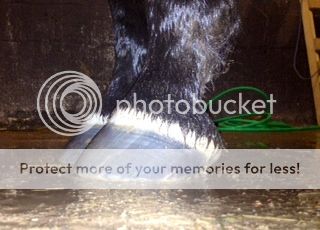


Right fore:



Right hind:
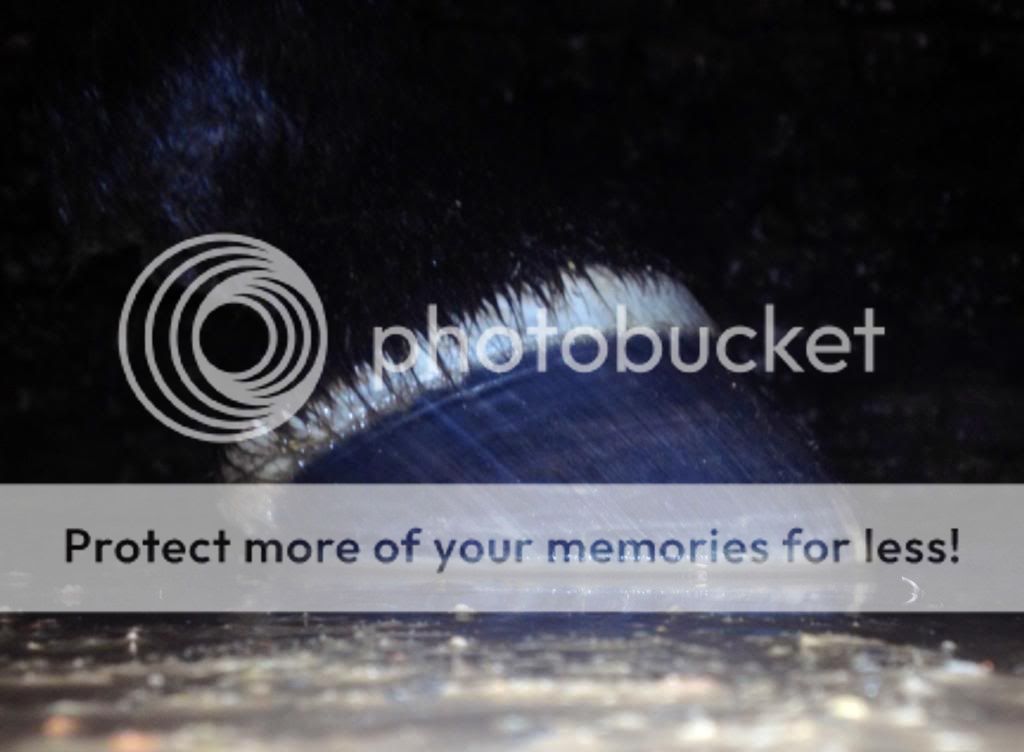
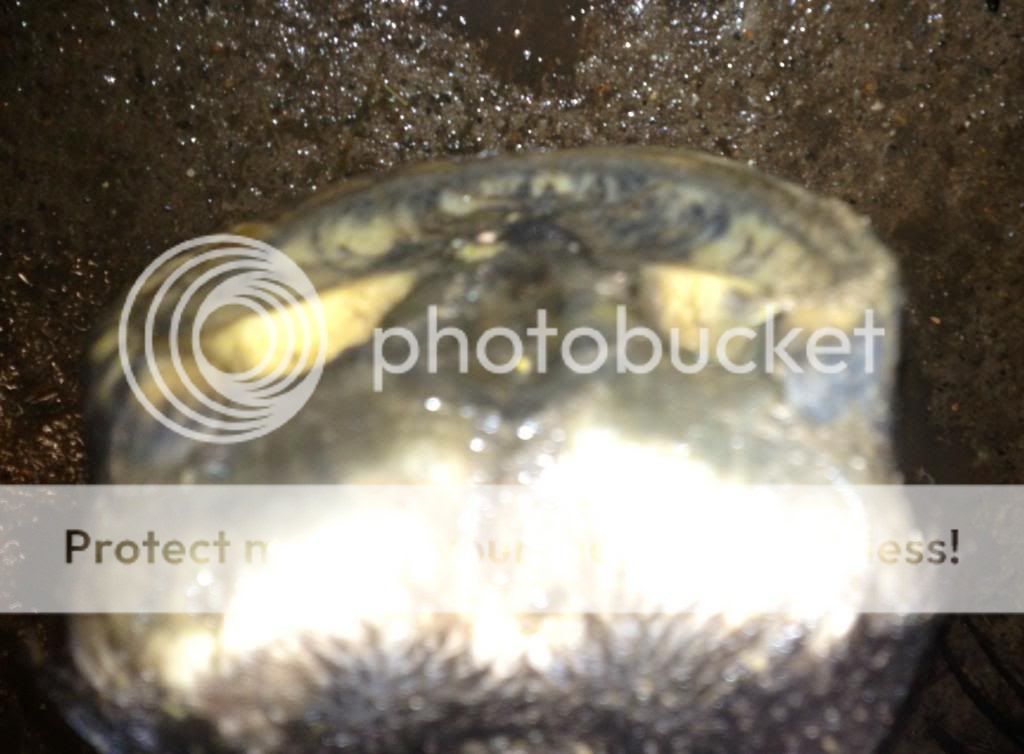
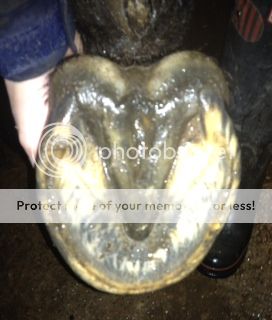
Left hind:

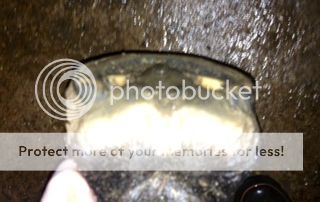
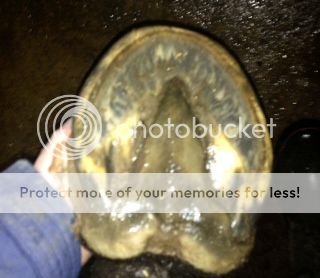
When i bought him he was footy, his feet were over-grown and needed trimming badly, it was my intention to get him trimmed, get him shod, get him sound, get him ridden.
Well my farrier came, gave him a trim and said, to be honest hes got pretty good feet, i wouldnt be rushing to shoe him if i were you
To me this was a revelation, id always been a 'if its in work it needs shoes' kind of person. Cue much research, reading, and scouring the interweb. I had a friend at an old yard who i knew had rehabed her horse from potential pts through to being sound enough to hack out, so i got in touch with her via fb for some good reading material. Although the barefoot reading was really interesting , and im geeky enough to be fascinated with it, i also found it pretty intimidating and i felt unrealistic for me (track systems / mineral testing my grazing hay etc)
So a year on into my ownership, he is sound and in full work, and a just all round brilliant horse. I have taken bits and pieces from what i have read and seen on here and manage him as best i can, however, and i still look at his feet and think, oh they look pretty decent
Hes currently out from 7am- 6.30pm on poor grazing, in at night with ad-lib hay and gets 2 feeds of soaked grass-nuts, light chaff (leigh senior), micronised linseed, and equimins meta-balance with some sneaky carrots
So can you give me any advice/ tips? how are his feet looking? Anything i should be doing but am not currently?
Left fore:



Right fore:



Right hind:



Left hind:




